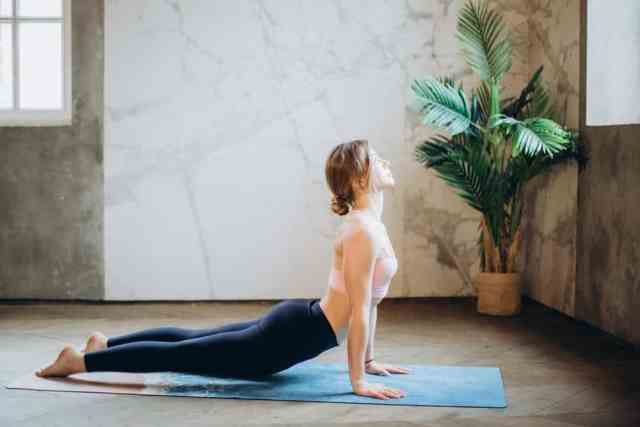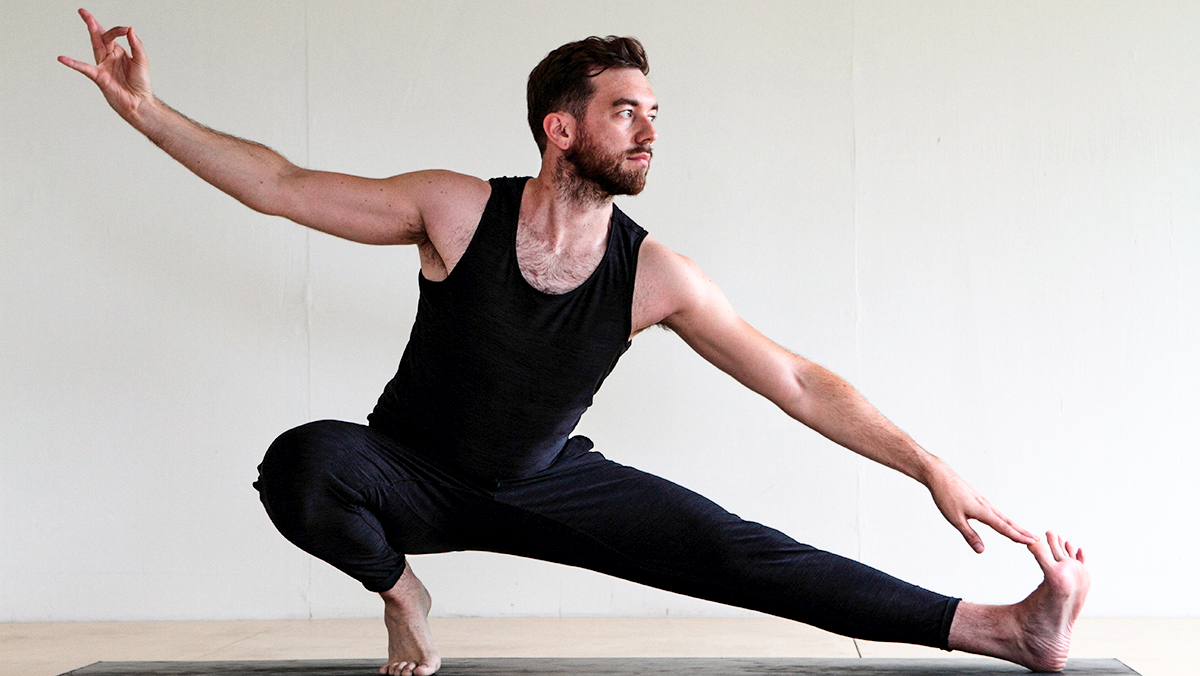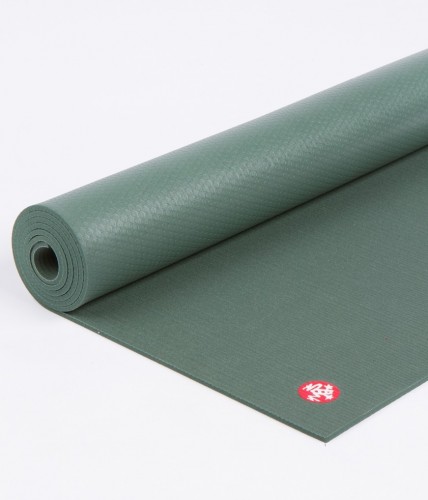
Yoga is an excellent exercise that involves combining breath with movement, which reduces blood sugar levels. Yoga helps relax the body and improve blood flow, which can in turn help improve diabetes symptoms. Yoga is especially useful for diabetics. It can improve pancreatic function, and help control blood pressure. It has been shown to be beneficial for those with high blood sugar levels. It is recommended for diabetics.
You can do it at home, and it is considered safe. Before you begin a yoga class, consult your doctor. Avoid high-impact yoga and fast-paced activities if you have diabetes. Avoid forward folds and head stands as they can raise blood pressure. For example, if you have diabetes, you should consult a doctor before performing these exercises.
Yoga is also helpful for diabetics to manage stress. Some asanas improve insulin production by the pancreas. Yoga improves the ability of the pancreas to produce insulin and reduces obesity risk. Like any exercise program, it's important to consult your doctor before starting any yoga activities. To help you select the right program, a doctor may be able to discuss the benefits and offer guidance.

One of the many benefits of yoga to diabetics is the ardha maksyendrasana. This massages the internal organs. Because it stimulates insulin production, it can also reduce the risk of developing heart disease. This can help lower your risk of developing diabetes. It also improves overall health. You must monitor your blood sugar regularly and use prescribed medication.
Yoga for diabetics has many additional benefits. It increases blood circulation and improves the function of the endocrine glands. This helps people with diabetes manage stress. Stress management is crucial for type 1 diabetics. Stress can cause insulin resistance and make the body less able to produce insulin. But stress can also make it more difficult for the body to produce insulin.
Yoga not only has positive effects on the bodies, but it also lowers the risk of developing diabetes. Yoga improves the efficiency in the pancreas by stretching the inner muscles. This results in increased insulin secretion, which is essential for maintaining blood sugar levels. It can also be used to lower stress levels in prediabetics and diabetics. While yoga may not be suitable for everyone it has been shown beneficial for diabetics.
Yoga can increase blood glucose levels. However, there are limitations. Studies of yoga have often been conducted without proper control groups, with a limited number of participants, and for short periods. The studies may not be representative of all benefits of yoga. Moreover, there are many factors that influence the results of the studies. The most important factor is that exercise helps to manage stress and lowers diabetes risk.

Yoga has many benefits. It isn't an aerobic exercise but it does improve blood sugar and reduce waist size, which is very important for people who have diabetes. It can relieve constipation, improve heart health, and even help you lose weight. It can promote a better mood and lower blood pressure. Yoga is an excellent form of medicine for diabetics. It will give them the energy to live a healthy and happy life.
Yoga can also help with diabetes. For instance, it can help prevent diabetes related neuropathy, which is damage to the nerves of the body. It can also help to control blood sugar levels, which can be beneficial for people with diabetes. It is known to improve diabetes patients' quality of living. Be sure to supervise any exercise.
FAQ
What's a good workout routine for daily?
To stay fit, you need to exercise regularly. It doesn't matter which type of fitness you choose, as long as it is done regularly. Consistency is key. To achieve success, you need to persevere for a long time.
Begin with a small amount of daily exercise (like walking). Start by walking for a few minutes every day. Gradually increase your time exercising to 30 minutes per week. You can do this running, swimming weight training, yoga or aerobics classes.
It's important that you get your exercise done every day. Don't miss any sessions unless you have an excuse.
Wear appropriate clothing and footwear when exercising outdoors. Weather conditions can also affect your ability and safety to exercise.
When exercising, ensure you drink lots of water. Drinking alcohol during exercise can cause dehydration. Avoid caffeine-rich drinks like coffee, tea, and coca. They can give you energy, but will also dehydrate.
When you first start exercising, you might feel tired after completing your workouts. You'll feel more energetic and refreshed if you keep going with your exercise program.
Can I drink alcohol while exercising?
Yes. Alcohol has increased energy expenditure, speed up recovery time, and reduced soreness.
Also, alcohol increases insulin sensitivity which makes it easier to absorb glucose.
Alcohol can cause dehydration. This can slow down your metabolism. Alcohol can also lower testosterone production, which could lead to a decrease in muscle-building potential.
This is why women shouldn't have alcoholic drinks before exercising. Women who are heavily alcoholic should wait at minimum 24 hours before starting to work out.
Breastfeeding women should stay away from alcohol.
Men should limit their alcohol intake to just one drink each day.
What's a good workout plan for 7 days?
A seven-day program should include three days of cardio training (running, biking and swimming), two strength exercise (using free weights or weight machines) and one flexibility/core work out (yoga, Pilates). Each activity should be performed at least once each week. Each session should not take more than 45 mins.
Cardiovascular Exercise: Running/Biking/Swimming
You should aim to get at least 60 mins of cardio exercise per week. You can aim for 75 minutes a week for best results. Cardio exercises can be used to increase blood flow, stimulate muscle growth, and improve blood circulation.
Strength Training
While cardio exercises target the heart and lungs, strength training targets the muscles and bones. Strength training increases lean muscle mass and helps to burn calories even at rest.
Flexibility & Core Workouts
Flexibility and core workouts are great ways to strengthen your entire body. Yoga and Pilates are both excellent choices.
Statistics
- According to the American Academy of Dermatology (AAD), men over 50 are at a heightened risk of developing it. (healthline.com)
- 10 pounds in a month is likely during a lean bulking phase, especially for beginners. (muscleandstrength.com)
- By John Thompson Take a whopping 38% off a set of PowerBlock Pros. (menshealth.com)
- According to the American Heart Association, blood pressure should be checked at least once every two years, beginning at age 20. (my.clevelandclinic.org)
- Get free shipping and 25% off today. (healthline.com)
External Links
How To
How can a man lose weight in just 30 days.
The best way to achieve fitness goals is by breaking them into small achievable steps.
Every day, you must work towards your goal. This could be anything from running 3km to doing 10 pushups in 5 minutes.
This will ensure that you see positive results if you practice it consistently over time.
You must be consistent. It is important to persevere until you succeed.
What is the main difference between Aerobic Fitness or Anaerobic Fitness
Anaerobic fitness is the ability to do intense physical work without oxygen. Anaerobic pathways are used to give our bodies enough energy to perform high-intensity exercise. Anaerobic pathways can include glycolysis, creatinephosphate, the Phosphagen, and lactic acids.
Aerobic fitness, however, refers to the continuous practice of low-intensity aerobic exercise. When performing aerobic exercises oxygen is used to fuel the cells. In other words, the aerobic pathway provides more energy than the anaerobic pathway.
For example, if you want to run a marathon, you must first build up your aerobic capacity. If you are only focusing on increasing your anaerobic capabilities, you won't finish the race.
Aerobic fitness is also known as cardiovascular fitness. Step tests and VO2 max testing are the most popular methods to measure cardiovascular fitness.
Tests for VO2 Max
VO2max is the maximum oxygen (O2) that your body can use while exercising. This test measures the amount of O2 the body can utilize while exercising.
This test can measure your cardiovascular fitness accurately. However, the test can only be administered by highly trained professionals and requires expensive equipment.
Step Tests
Step tests are a simple but effective way to measure cardiovascular fitness. These tests require you to walk or run on a track or treadmill for a set amount of time, depending on your weight and age.
These tests can be conducted almost anywhere and are cheap, simple, and easy. You could, for instance, run on a treadmill for two minutes, rest for one minute, and then go back to the starting point for 20 minutes. You should maintain a constant heart rate throughout the session.
This method is known as the "Bruce Protocol". Bruce was himself a runner and developed the protocol after realizing his heart rate wouldn't increase when he ran for longer distances.